1. Introduction to PSCAD PSCAD is a powerful software designed for power system simulation, allowing engineers to conduct in-depth analyses of electrical networks. Widely used in both academia and industry, PSCAD provides tools for realistic and dynamic modeling.

2. Real-Time Transient Simulation PSCAD’s real-time transient simulation features allow engineers to observe and analyze rapid electrical events, helping improve system stability and reliability.

3. Fault Analysis and System Stability With tools for fault analysis, PSCAD supports system stability studies by simulating fault scenarios and enabling effective response strategies to manage potential issues.

4. Renewable Energy Integration PSCAD facilitates the integration of renewable energy sources, such as solar and wind, into power systems. This makes it essential for engineers designing modern and sustainable grids.

5. Power Quality and Voltage Control The software offers comprehensive tools for analyzing power quality, voltage control, and harmonic distortion, ensuring efficient and safe energy distribution.
6. Industrial and Academic Applications PSCAD is widely used across industries and research institutions to model complex power networks and analyze grid behavior under different operational conditions.
7. Grid Optimization and Efficiency PSCAD aids in optimizing grid operations, reducing energy losses, and ensuring reliable power delivery, making it ideal for utility companies and industrial applications.
8. Educational Value and Training PSCAD serves as an invaluable educational tool, enabling students and researchers to gain hands-on experience in power system design and analysis.
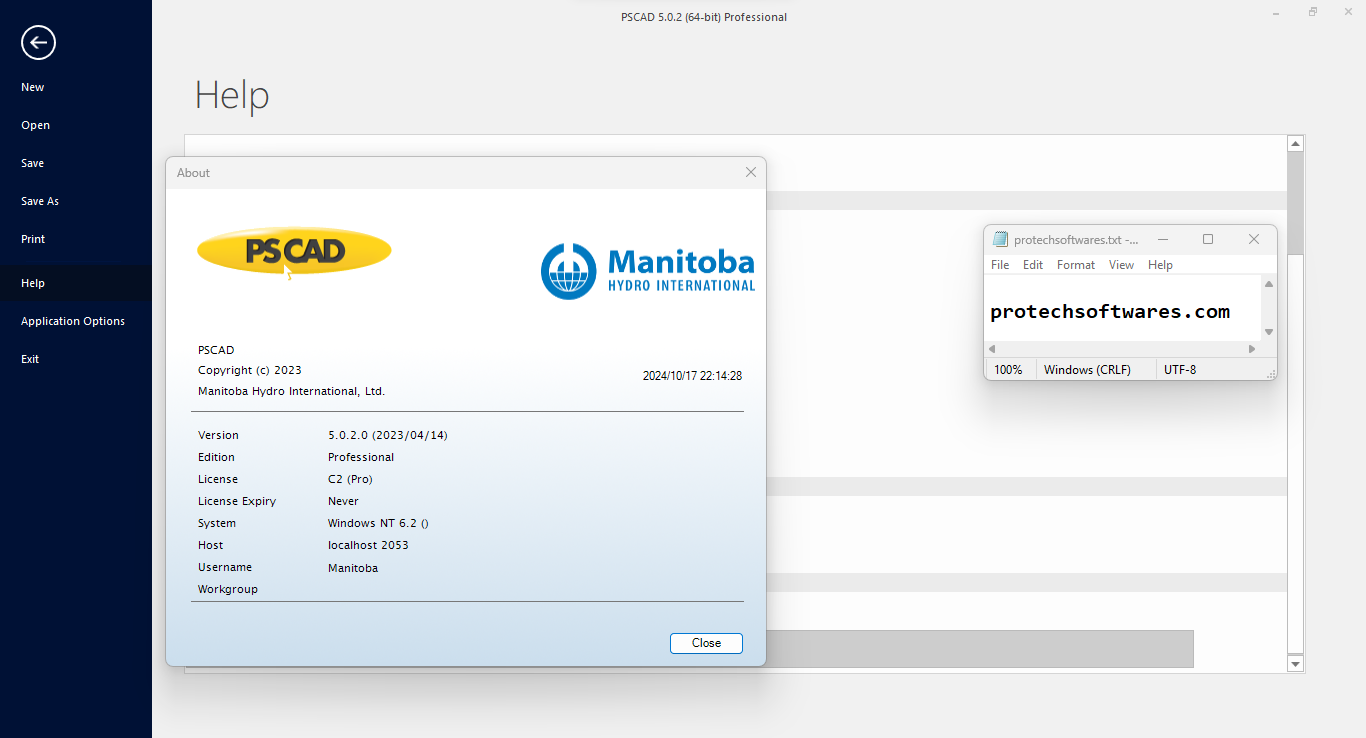
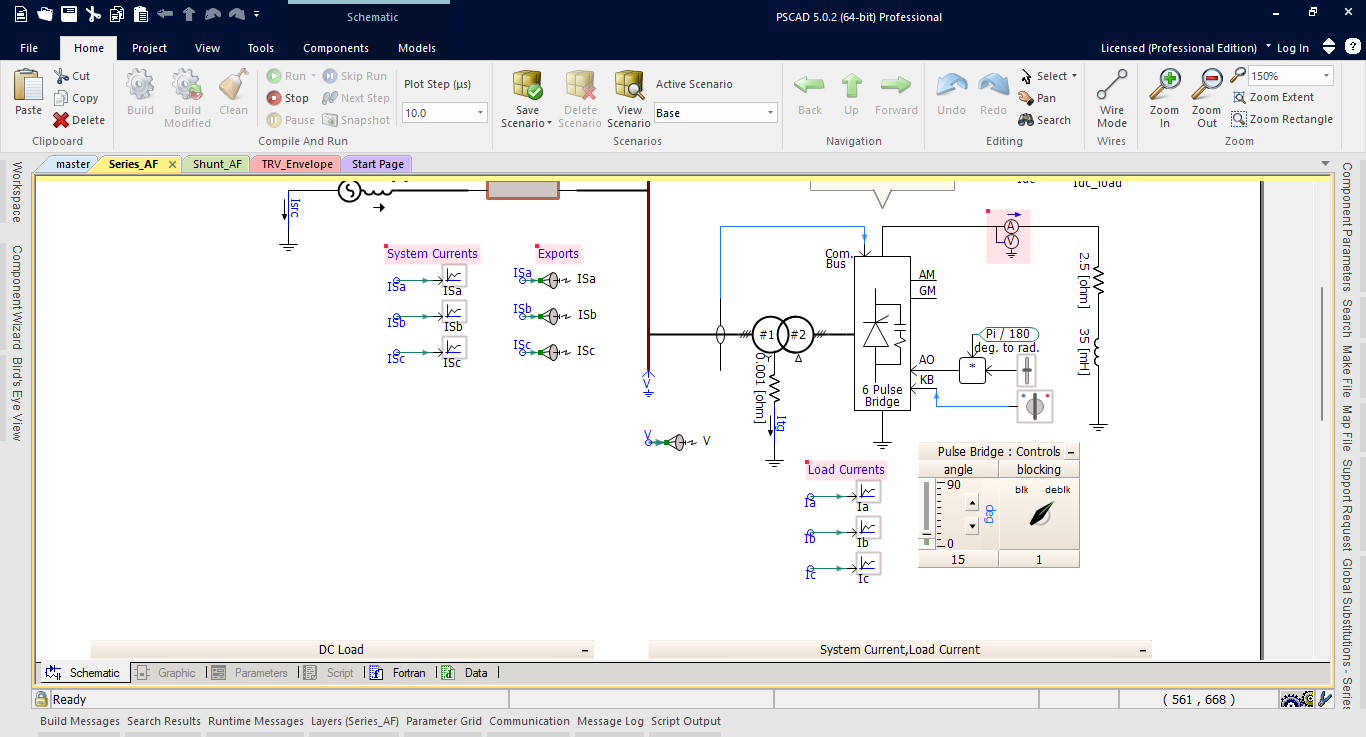
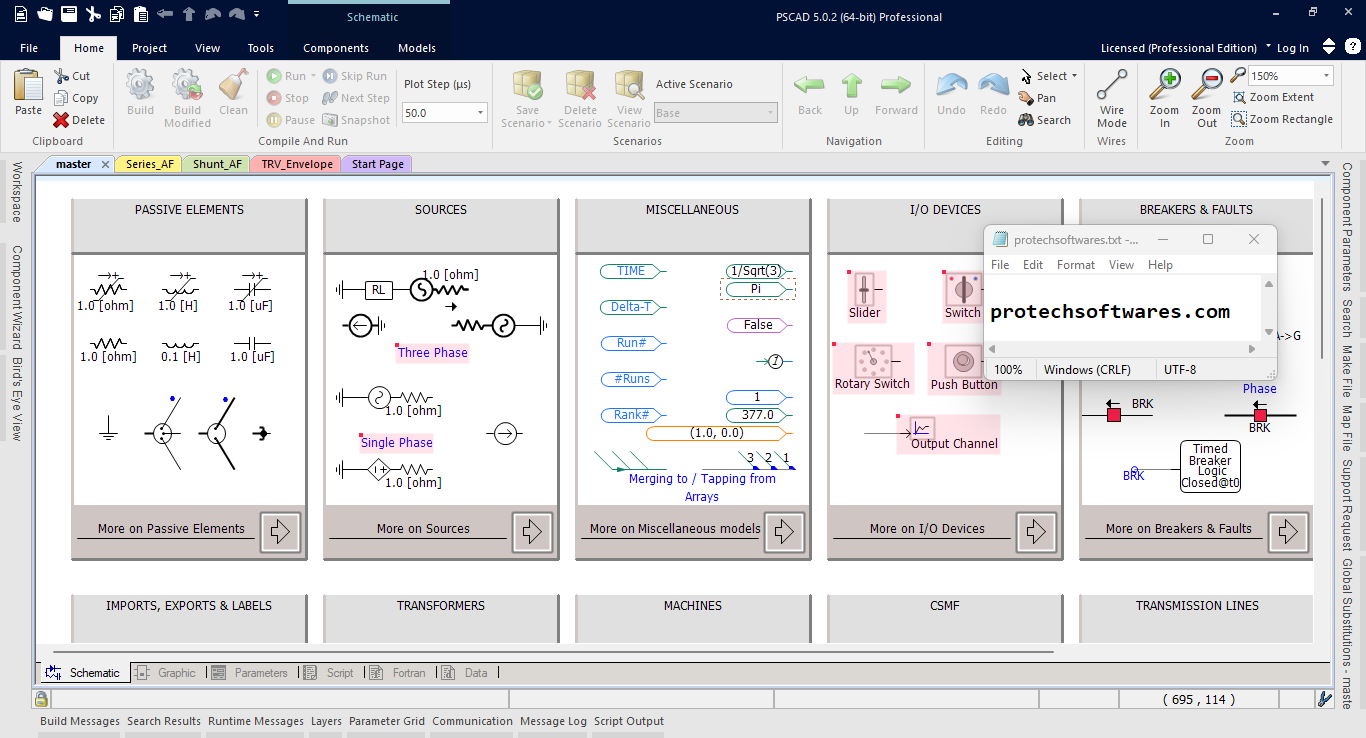
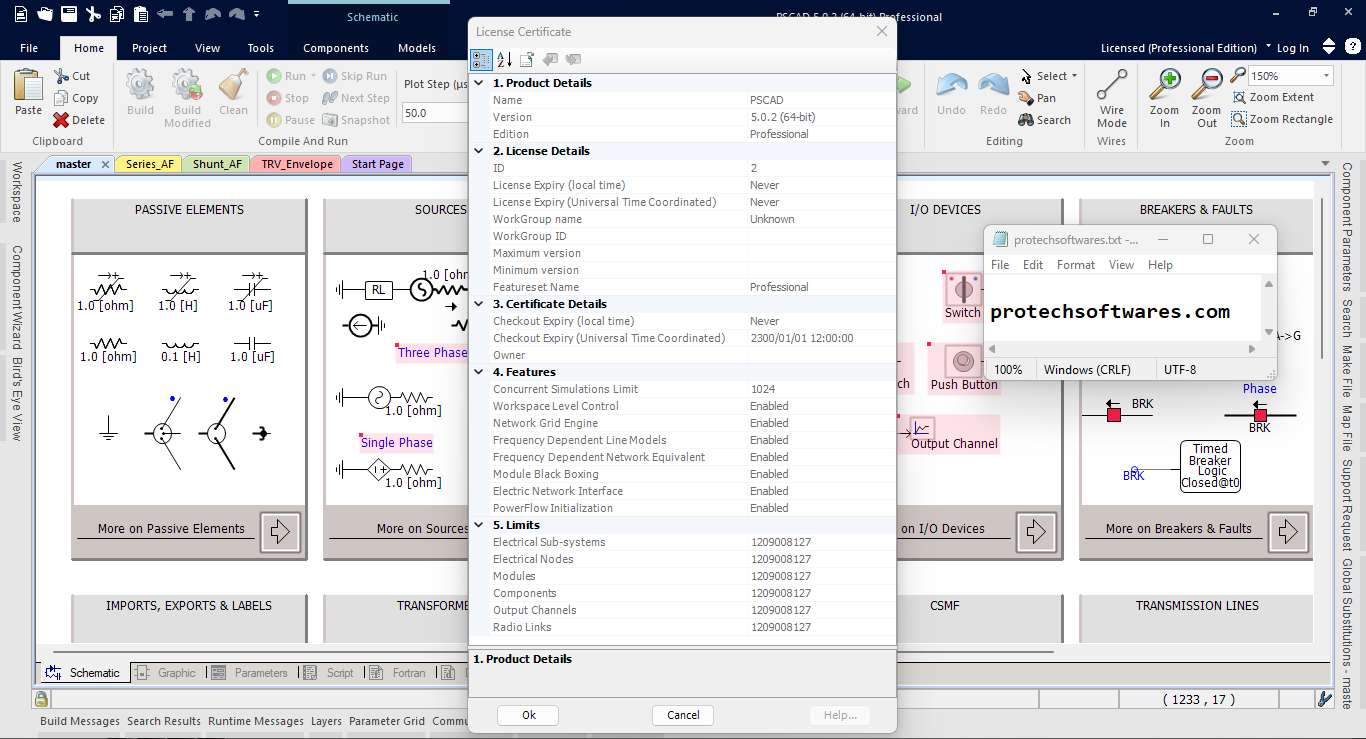
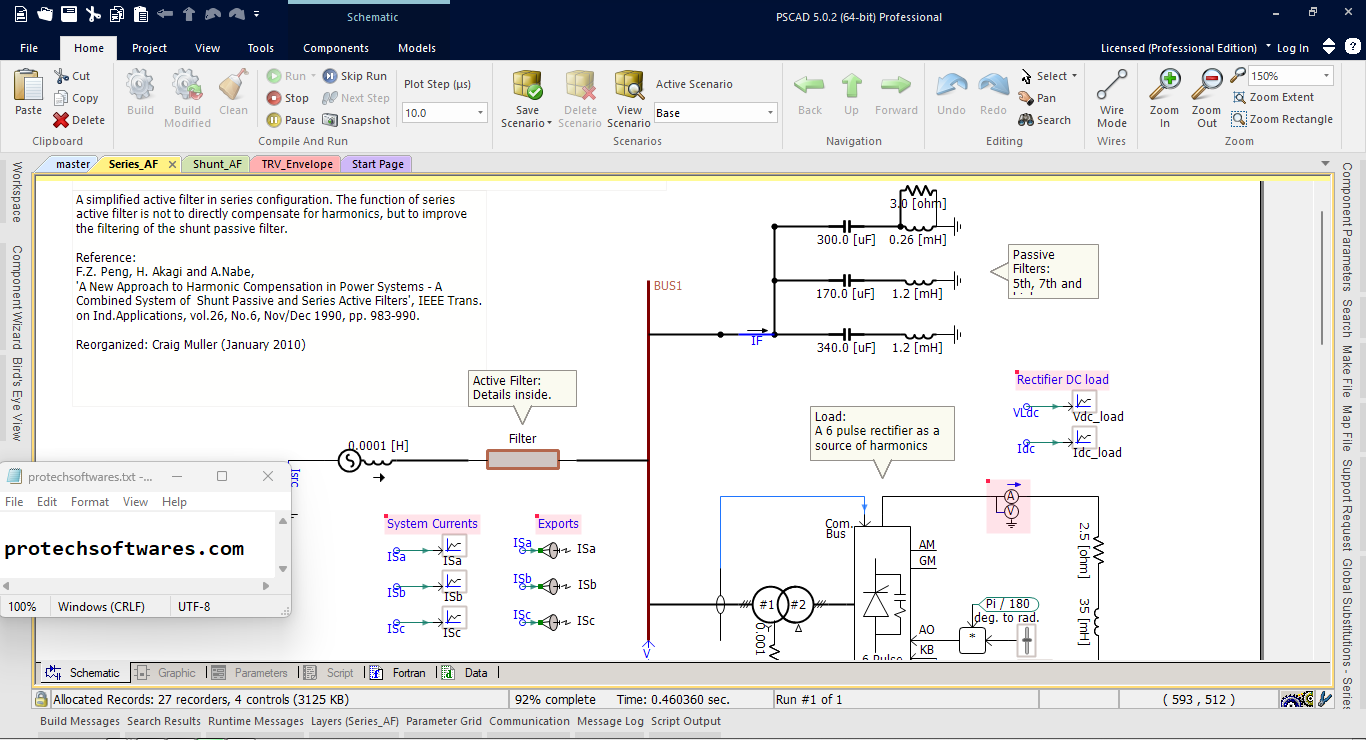
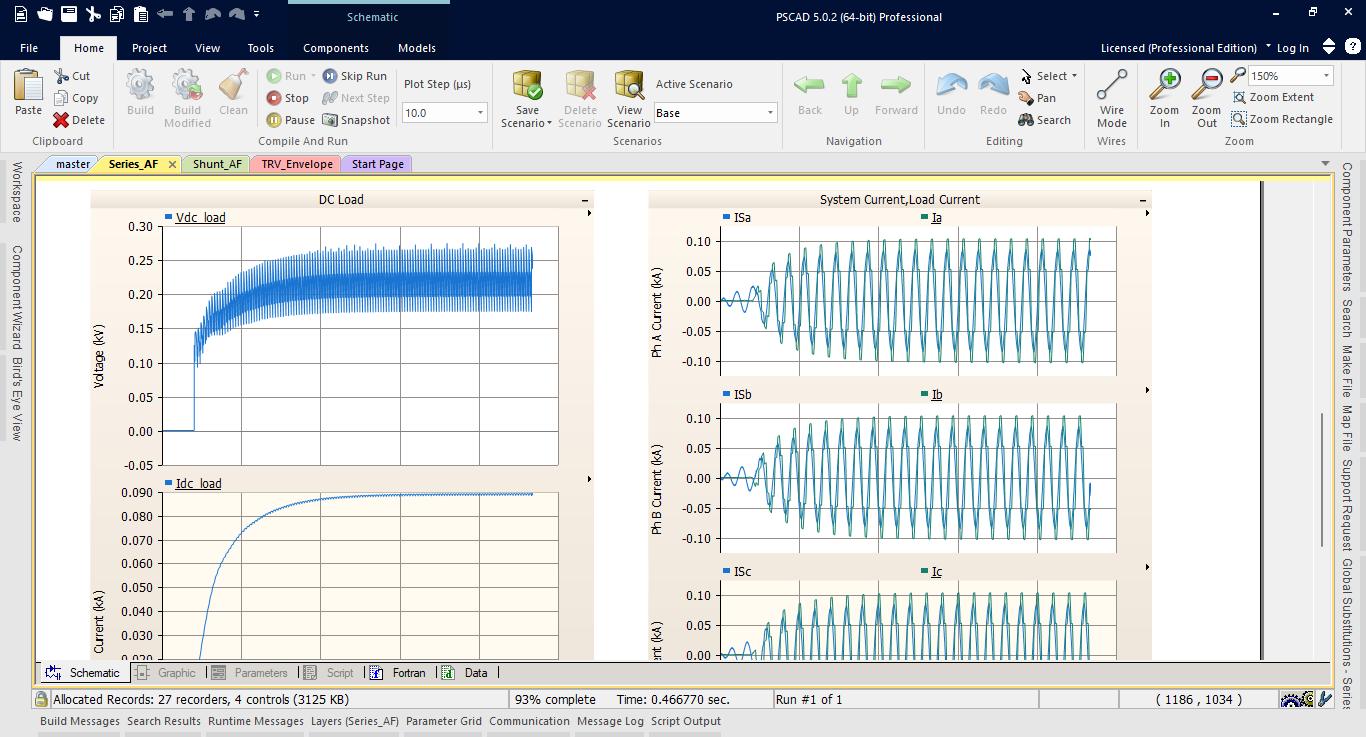
Leave a Comment